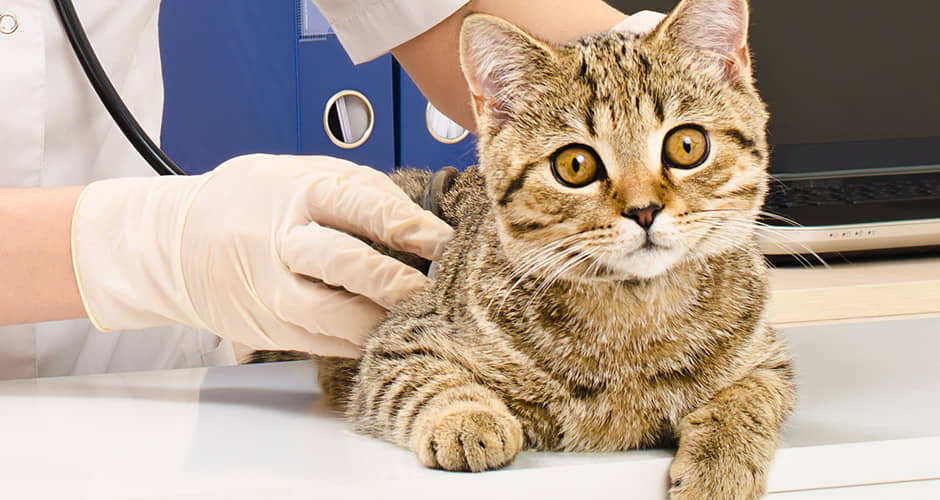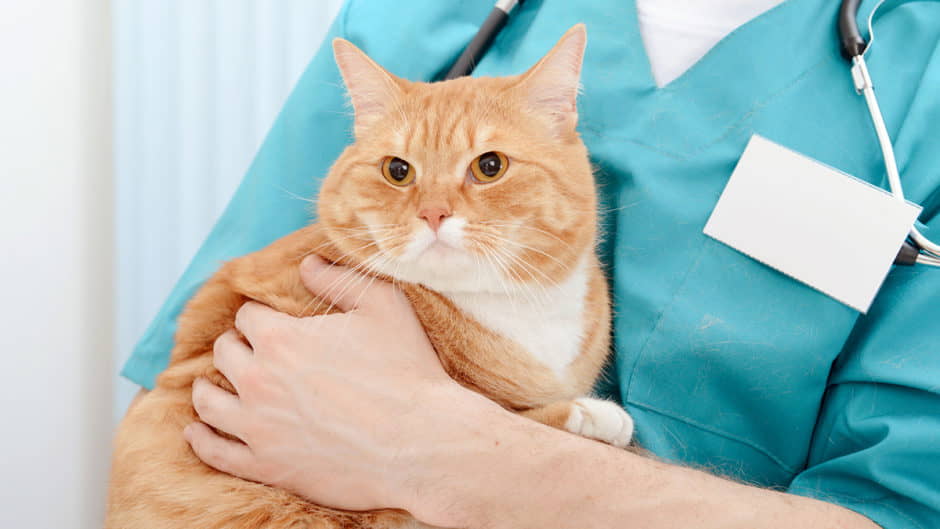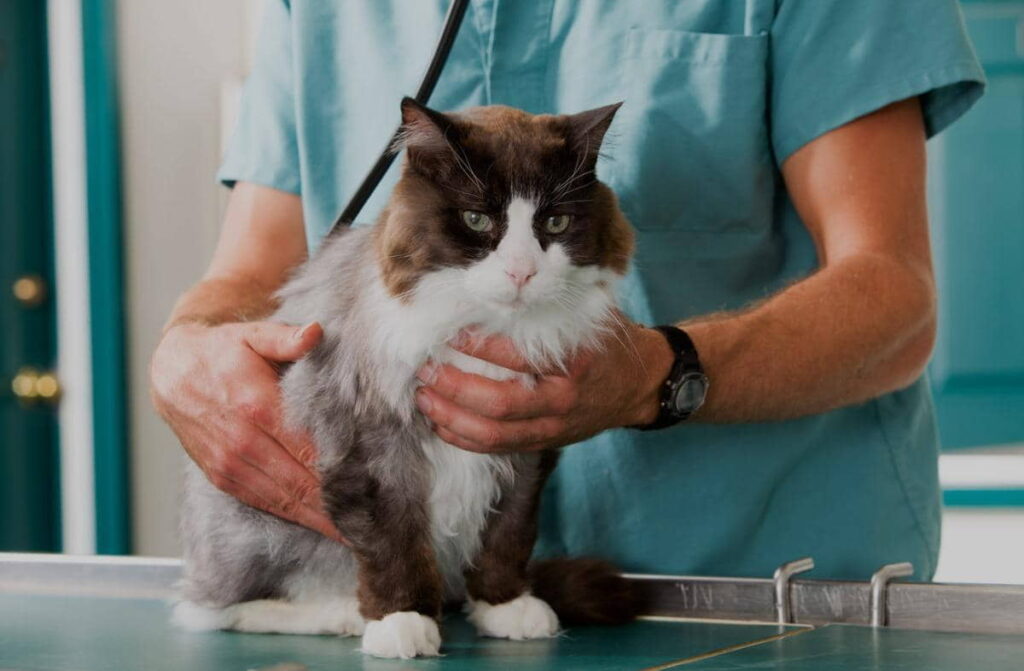Dr. Lila Miller, D.V.M., ASPCA
Spay/Neuter Glossary of Terms

Alter
This term refers to the surgical procedures that render an animal unable to reproduce naturally.
Castration
This term refers to the removal of the testicles in a male, eliminating the production of testosterone, the male hormone, and sperm.

Early Age Spay-Neuter
There are several terms being used for early age spay neuter. It generally refers to any gonadectomy performed before the animal is 6 months of age. Age and weight restrictions are generally 6 weeks of age or 2 pounds of weight. Some veterinarians are proposing that other terminology be used because the term “early” implies that the procedure is being performed prematurely, (and therefore inappropriately). Some alternatives for early age spay neuter include:
Juvenile Spay Neuter
Pediatric Spay Neuter
Prepuberal Spay Neuter
Prepubertal Spay Neuter
Prepubescent Spay Neuter

Fix
See alter. They can be used interchangeably.
Gonadectomy
This general term refers to the removal of the sex organs or gonads, so it applies to both males (removal of testicles) and females (removal of ovaries).

Neutering
This term is commonly used to refer to the surgical alteration of a male to prevent reproduction, or castration, but it technically refers to the surgical alteration of either males or females to render the animal “neuter” or genderless.
Orchiectomy
The same as castration, removal of the testicles

Ovariohysterectomy
This term refers to the surgical removal of the ovaries AND uterus in a female so she cannot reproduce. This eliminates the production of estrogen and progesterone. The removal of the ovaries alone would also render the pet incapable of natural remanufacturing, but both organs are most commonly removed.
Spay
This is the same as ovariohysterectomy
Wondering about Stomatitis in Cats Symptoms Treatment ? Check it out on our lastest post!


0 Comments